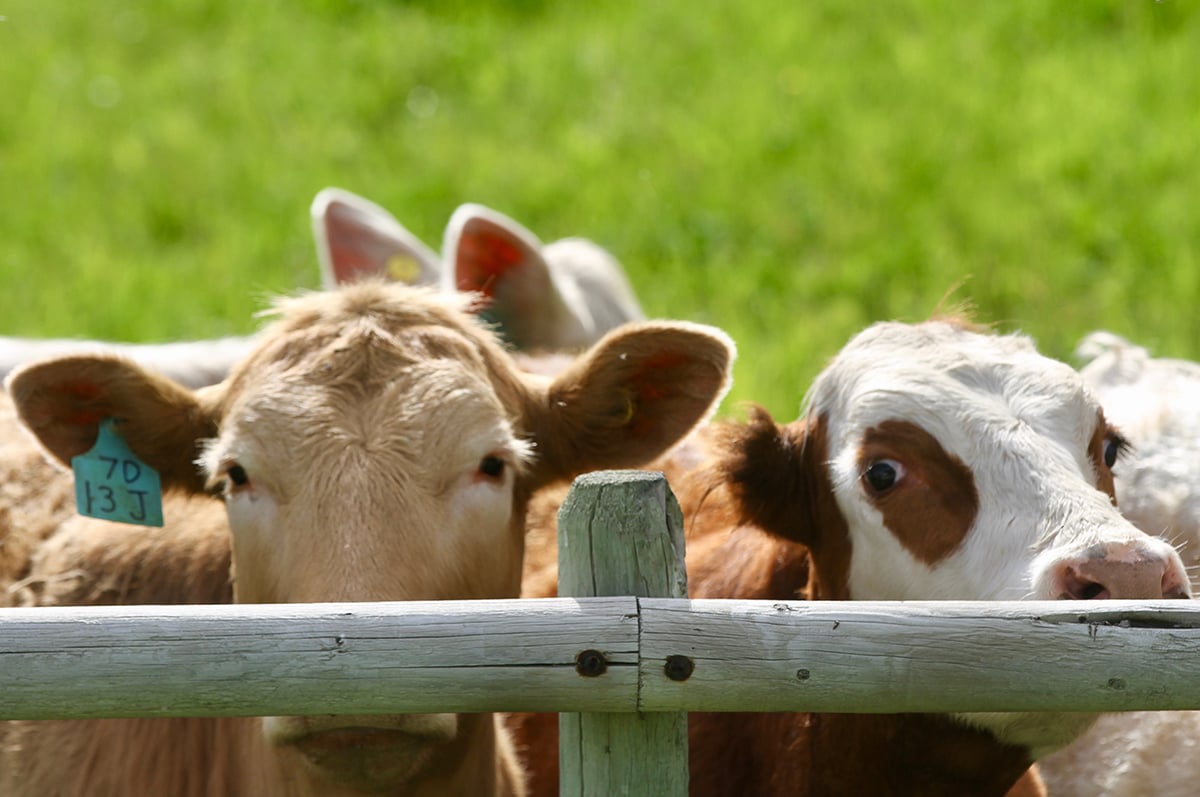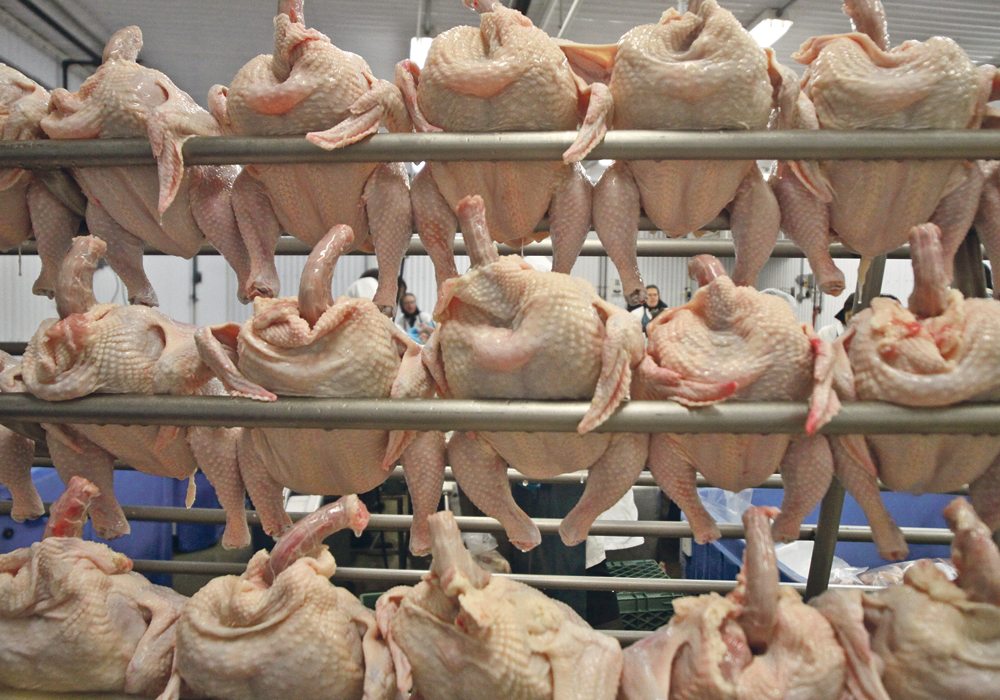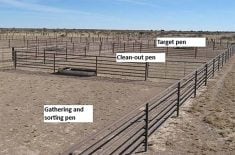RED DEER — Canadian chicken producers are cutting back on antibiotic use but effective treatment against disease is still needed.
The industry stopped using category I antibiotics and are moving toward reducing category II products by the end of this year, said Derek Janzen, vice-chair of Chicken Farmers of Canada.
“The burden has been placed squarely on us to make changes,” he said at the Alberta Chicken Farmers annual meeting in Red Deer Feb. 27. The decision is partly related to the concerns connected with more pathogens showing resistance to commonly used drugs.
Read Also

Feeder market consolidates at historic highs
For the week ending Sept. 6, Western Canadian feeder cattle markets were relatively unchanged compared to seven days earlier.
“We have a strong strategy as far as antimicrobial resistance is concerned,” he said.
Health Canada ranks antibiotics based on their importance to human medicine, ranging from categories I-IV. Category I is considered of the highest importance to treat serious infections. Category IV is not used in human medicine.
Alternatives to these products are available and research trials are ongoing to find effective treatments, said Doug Korver of the University of Alberta Poultry Research Centre.
“My opinion is that there is no one single non-antibiotic product that will do what antibiotics have done,” he said.
An antimicrobial drug is used to treat bacterial infections while an antimicrobial agent kills micro-organisms or stops their growth.
“When we look at products that are meant to replace antibiotics, we always have to be looking forward. We always have to look at what is the mechanism of action, and are we going to run into resistance problems to this new compound five, 10 years down the road,” he said.
Copper is an effective antimicrobial agent and is the basis for many hospital disinfectants. In several countries, copper is used as a growth promoter.
“The problem is bacteria have mechanisms to become resistant to copper,” Korver said.
Future treatment options are likely to be a combination approach with different products and modes of action. They may also have to be tailored for the individual farm where good biosecurity, nutrition and sanitation are emphasized.
Birds may receive probiotics to protect the gut by modulating the microbiome or the immune system.
Or prebiotics can be used, which are fed to birds in feed. The prebiotics then are used by certain microbes in the birds’ gut to feed the good bacteria, which helps them out-compete pathogens.
Beta glucans may be a trigger for the immune system and are found in barley, oats and yeast.
Oligosaccharides are derived from yeast and can help protect the gut. These are naturally occurring sugar chains from yeast or plants.
When a pathogen causes an infection in the digestive system, it needs to be able to stick inside the gut and start reproducing. Oligosaccharides look similar to surface carbohydrates so when they are present in the gut, the bacteria bind to them rather than the cell and get washed away.
Organic acids seem to help reduce feed pH. They are weak acids and have some unique properties. Bacterial cells can absorb them. The bacterial cells spend so much time trying to get rid of the hydrogen ions from the acid that they do not have the energy to replicate.
Essential oils are derived from certain plants and the Canadian Food Inspection Agency considers many to be antibiotics.
“Essential oils do show promise and they could be part of a strategy but we have to keep in mind they may very well lead to resistance problems if we are not careful,” he said.
Oils derived from cinnamon, thyme and other commonly known spices and herbs could be used.
Enzymes added to wheat- and barley-based diets can reduce digestive viscosity. These change the gut environment and pathogenic bacteria are less likely to grow.
Korver has researched immuno-modulation. It is an adjustment of the immune response using products like added nutrients or probiotics to make the immune system better. Nutritional modulation is not a blanket protection against all diseases.
“In combination with other strategies and other approaches, it will be important but it is not going to solve the problems by itself,” he said.
Antibiotics can be effective across many different environments but in the future, treatments may have to be developed for an individual facility.
“We are transitioning to a post-antibiotic world,” he said.
“We will very likely have antibiotics to treat infections but we will not use antibiotics as growth promoters. If we are going to transition and use other strategies, we first have to understand what the problem is. Different problems will require different approaches,” he said.
















